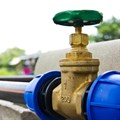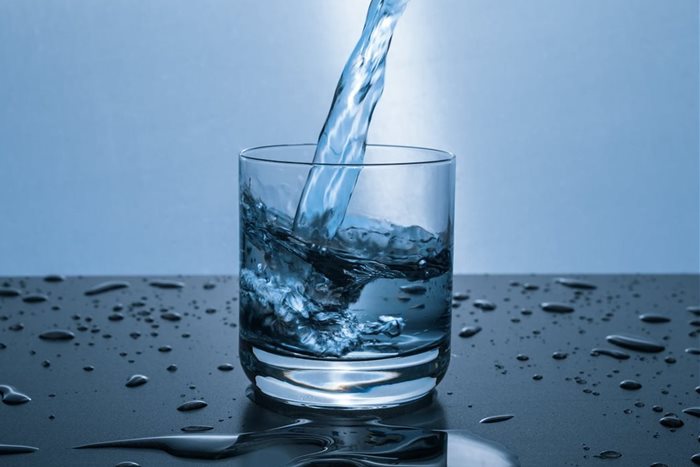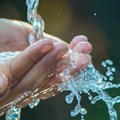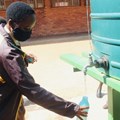
How collaboration and technology can make South Africa a water-secure nation

The country's substantial water infrastructure is testament to a resource often in short supply that needs to be collected as broadly and effectively as possible. Xylem, a water technology provider, says water is part of a value chain that starts in nature and more needs to be done to ensure those natural resources keep on providing.
Local water resources “threatened”
Data from the department of environmental affairs paints a worrying picture - 57% of local river ecosystem types are considered to be threatened, almost half of which are critically endangered. And of the 300,000 wetlands in SA, 65% are threatened (two-thirds are critically endangered).
Wetlands and rivers are critical to help filter water and top-up aquifers. Only 11% have some form of formal protection. Many reside in areas with settlements that rely directly on their supply.
However, we can turn the situation around, says Chetan Mistry, Xylem South Africa's strategy and marketing manager: "I would say that water challenges that seemed unsolvable not so long ago are now much easier to tackle. It's a matter of will and focus. If we really want to, we can make South Africa a much more water-strong nation."
Xylem has developed practices for better water management through collaboration with partners and projects worldwide. It recommends the following interventions to make local water a more sustainable resource:
1. Introduce better irrigation techniques
Irrigation for agriculture is the biggest consumer of water (around 65% of surface water). Many still rely on wasteful irrigation systems and there is room to introduce new techniques such as drip irrigation. The company says farmers can also benefit from better soil and watering monitoring systems, taking the guesswork about how much water crops need at a certain point.
2. Improve water infrastructure
South Africa benefits from a vast amount of water infrastructure, including numerous larger dams and substantial pipelines feeding into cities and towns. But according to a Greencape report, 37% of our water is lost through leaks. Xylem recommends the use of water monitoring technologies to detect leaks before they become a serious problem.
3. Educating urban users on saving water
South Africans are not very sensitive about our water resources, leading to shock when we run out (such as droughts in the Western Cape and Eastern Cape, or reservoirs running low in Johannesburg.) Xylem says it's too easy to take water for granted and encourages education around water management.
“Businesses that consciously want to save on water costs can train their staff. Such education is even more effective when working with communities,” it says.
4. More protection for water areas
As mentioned earlier, South Africa's rivers and wetlands are not in a good position and many are critically endangered.
Likewise, many catchment areas are not protected and often fall prey to new developments that upset the local ecology. Yet, those ecologies capture and filter water for our use. If they run dry, no amount of rain will change the picture. Xylem says collaboration with other stakeholders can create sustainable practices around water resources. It recommends the use of environmental monitoring and analysis services to better understand the needs of local areas such as wetlands, aquifers and rivers.
5. Encourage water reuse and discharging water responsibly
Water becomes more sustainable if it's in a recycling loop, Xylem says.
“This principle applies notably to two areas. First is to encourage people to reuse water, which could refer to purification for drinking, but also includes greywater for irrigation and capturing rainwater. On the other side of the spectrum, responsible and discriminate discharge of wastewater avoids unhygienic situations and contaminating potable water, it says.
Mistry adds that we have many more tools at our disposal to make South Africa a water-secure nation a reality.
“In terms of technology, there are advanced energy-saving pumps, soil water probes, remote sensing data, and wastewater treatment solutions, to name a few, supported by best practices. The means to make South Africa water-secure is there - it must just be applied in a holistic and multilateral way," he concludes.

